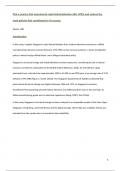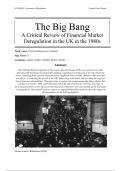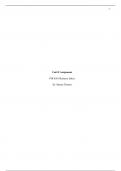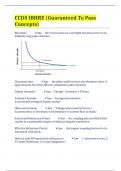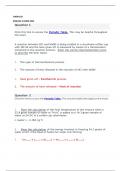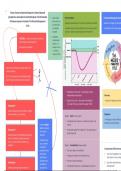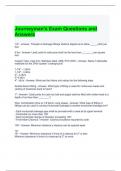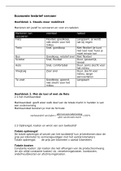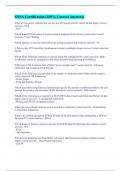Essay
Economic History Mid-term Sample Essay
- Module
- Economic History (ECON0121)
- Institution
- University College London (UCL)
This is an example of a mid-term essay that scored 88% in the mid-term exam of ECON0121 - Economic History. The essay (2000 words) focuses on the following question: Pick a country that experienced rapid industrialisation after WW2 an analyse the main policies that contributed to its success....
[Show more]
